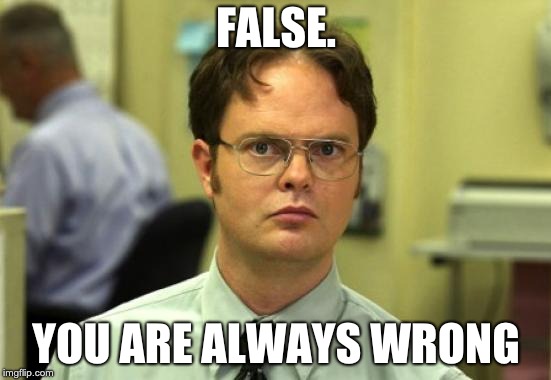
Budget Summary
Sources & Uses breaks out where the funds for the project are coming from and a high-level overview of how they are being used. Generally, sources are solely equity or debt, but some projects also have varying funding sources. Uses are the top-level line items like construction, taxes, and contingency.
Development Budget
The broken-out development budget is largely based off of previous developments. The main variable is the actual construction of the property which is based off of the number of units but also uses previous developments as a market to see the price of construction per unit. This is where different variable would be added in such as, if the apartment community will have a pool, a parking garage, or any other large construction expense. Other line items of this budget include everything else that the developer must spend funds on to reach a completed development.
The rest of the budget does not require new assumptions to be created for each new deal. Components like Appraisal and Printing tend to stay the same for different deals. Fixtures, Furniture, and Equipment (FF&E) can be different for different developments, and you can garner this number from whoever is in charge of the design. Any of these line items can be adjusted if anything major changes in terms of taxes, insurance, reserves & fees, etc. Having a general contractor and experienced construction professionals will help you make this aspect of the financial model as accurate as possible.
Summary:
- The Development Budget is your roadmap to where the money is being spent in the project
- Hard Costs: costs associated with the actual construction of a tangible building
- Soft Costs: expenses dealing with the non-construction development activities like legal fees




No comments:
Post a Comment